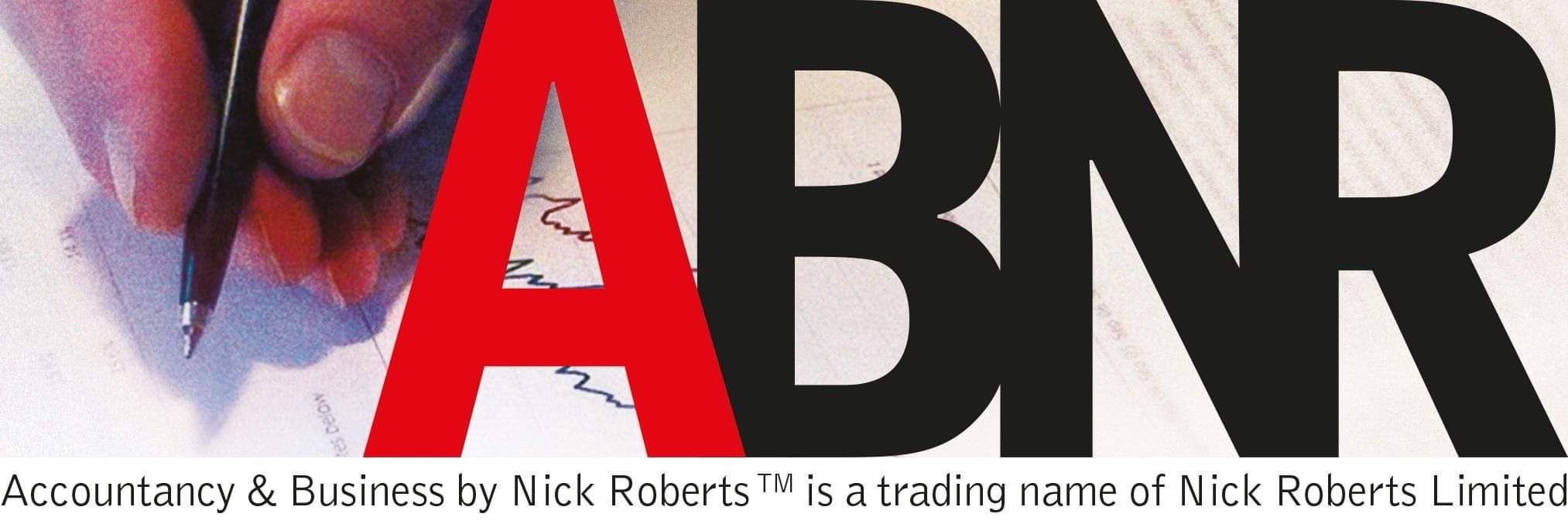The issue
Stagnating profit but cutting costs brings no relief.
"Our profits had stagnated over the last couple of years or so and on the advice of our previous accountant we tried to cut our costs which actually did more harm than good as the quality of supply suffered. Our accountant at the time always seemed too busy to come and see us and hadn't helped us at all.
Nick was a customer of ours and asked us one day how we were doing which lead on to a discussion about our need to increase our profits. Nick suggested that to achieve a meaningful increase in our profits we needed to spend more time on the income side of the Profit and Loss Account than the cost side and that we needed to analyse our turnover which was made up of three components:
- The number of our customers
- The average amount they spent with us
- How many times they bought from us over the course of the year.
As we weren't clients of Nick's he left us to do the required analysis but as the bookkeeping was done by our accountant for GST only we didn't find this very easy, so the next time Nick came by we asked him to help. Nick said that to make things easy, we needed our own accounting software (which would cost us less than $500) and an additional suite of reports which he had custom-developed to analyse business performance which would only cost us another $150.
Well, we were keen so we gave Nick the go-ahead. Within a few months we knew exactly how many live customers we had, what our average $ sale was and how many times the average customer bought from us in a year. We knew the figures were about right by multiplying the three components together which equalled our turnover. As a bonus, we could also run a really useful report on obsolete stock and rank our customers by gross profit earned (which enabled us to focus on our top 20% of customers who we discovered, earned us 75% of our total gross profit).
Nick then explained that the secret of success lay in two things:
- Firstly, to improve anything you need to know how you are currently performing as what you can measure you can manage. Just knowing how many customers we had and the average $ sale meant that we would know that we were getting better or failing.
- Secondly, smaller easier-to-achieve improvements in each of the three components would bring about a much greater overall improvement than trying to make big changes in one area.
Nick then helped us to choose five of the hundreds of strategies he could help us with in each area to reduce the customers we were losing, to increase our conversion rate of prospects, to increase the number of our sales leads, increase our average $ sale and the customer buying frequency. We tested and measured each strategy to ensure they were as effective as possible and then set to working on the strategies with a will.
By the end of the first year our turnover was up 20%, equivalent to $250,000, our gross profit had also increased and our worries about reducing our costs were a thing of the past!"
The result
Turnover up $250,000 and gross profits up too!

The issue
Spendthrift business partner annoys bank.
"As much as I liked Nick, I was sick and tired of meeting Nick in our bank manager's office to explain, yet again, why we were at the top of our over-draft limit following yet more excessive personal spending by my partner, the majority shareholder in our company. I said "Nick, I can't take this anymore, what shall I do?"
Well, Nick must have been sick of the meetings too, because he replied "leave it to me". Within a month he had got a deal together and then, after making sure my partner obtained independent advice, helped me negotiate to buy out my partner, despite me not having two pennies to rub together!
I've never looked back since - no more trips to the bank and with Nick's help, the business has gone from strength to strength."

